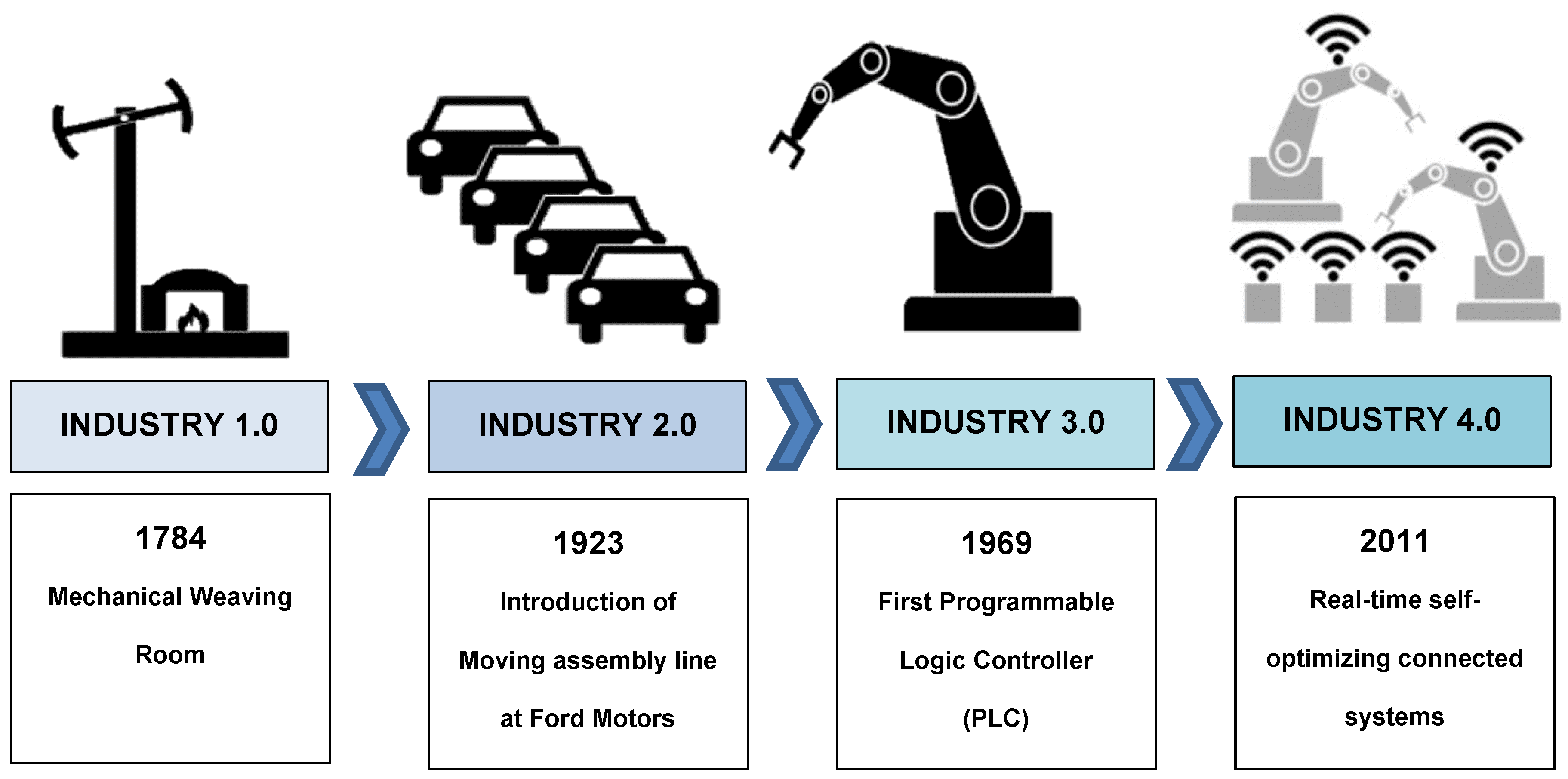The industrial revolution and the digital revolution are two significant events in history that changed the way people live, work, and communicate. The industrial revolution introduced new manufacturing technologies into society, leading to the growth of industries and urbanization. However, it also brought about poor working conditions and environmental degradation. The digital revolution, on the other hand, introduced digital technologies such as computers, the internet, and social media, disrupting traditional markets, and transforming the way people communicate and work. The speed of change, impact on the environment, and the rise of the gig economy are some of the differences between the two revolutions. Overall, these revolutions have contributed to the growth and development of the human race.
The Industrial Revolution vs. The Digital Revolution: A Study in Contrasts
Introduction
The world has undergone several revolutions that have transformed the way people live, work and communicate. Two of the most significant revolutions in history are the industrial revolution and the digital revolution. The industrial revolution, which began in the 18th century, transformed the world from an agrarian society to an industrial one by introducing new manufacturing technologies. On the other hand, the digital revolution, which began in the 20th century, brought about the digital age, which has changed the way people live and work by introducing digital technologies. This article compares and contrasts these two revolutions to determine their impact on society.
Background of the Industrial Revolution
The industrial revolution was a period of major economic, technological and social change that began in the late 18th century in Britain. Before the industrial revolution, people lived in agrarian societies where farming was the primary source of income. However, the advent of new manufacturing technologies such as steam-powered engines and machines revolutionized the way goods were produced, leading to the growth of industries.
Background of the Digital Revolution
The digital revolution began in the 20th century with the introduction of digital technologies such as computers, the internet, and mobile devices. These technologies have transformed the way people work, play and communicate. Today, people can work remotely from any location, access information instantly, and communicate with anyone around the world in real-time.
Impact of the Industrial Revolution on Society
The industrial revolution brought about significant changes in society. The growth of industries led to the rise of urbanization as people migrated from rural areas to cities in search of work. This led to the growth of cities and the rise of the middle class. Also, the industrial revolution increased productivity, and goods were produced at a faster rate, making them more affordable to the masses.
However, the industrial revolution has its downsides. It led to poor working conditions for factory workers, child labor, and the exploitation of workers. Also, it led to environmental degradation as factories emitted pollutants into the air and water.
Impact of the Digital Revolution on Society
The Digital Revolution has also had a significant impact on society in various ways. The introduction of digital technologies has led to the growth of e-commerce, which has disrupted traditional retail markets. Today people can shop online, and goods are delivered to their doorsteps.
Another significant impact of the digital revolution is the rise of social media. Social media platforms such as Facebook, Twitter, and Instagram have transformed the way people communicate and connect with each other. However, social media has its downsides, such as cyberbullying and the spread of fake news.
Comparison of the Industrial and Digital Revolutions
One significant difference between the industrial and digital revolutions is the speed of change. The industrial revolution took several decades to transform society, while the digital revolution has happened in just a few decades.
Additionally, the industrial revolution led to the rise of the middle class, while the digital revolution has led to the growth of the gig economy, where people work as freelancers or contractors.
Another difference between the two revolutions is their impact on the environment. The Industrial revolution led to environmental degradation, while the Digital revolution has the potential to help save the environment. For example, digital technologies can help reduce the need for paper and printing, leading to less waste and conservation of natural resources.
Conclusion
In conclusion, both the industrial revolution and the digital revolution have transformed society in significant ways. While the industrial revolution led to the growth of industries and factories, the digital revolution has led to the rise of digital technologies such as computers and the internet. Although both revolutions come with their advantages and disadvantages, they have both contributed to the growth and development of the human race. As society continues to evolve, it is essential to embrace these revolutions and learn how to use them effectively to solve new challenges.
